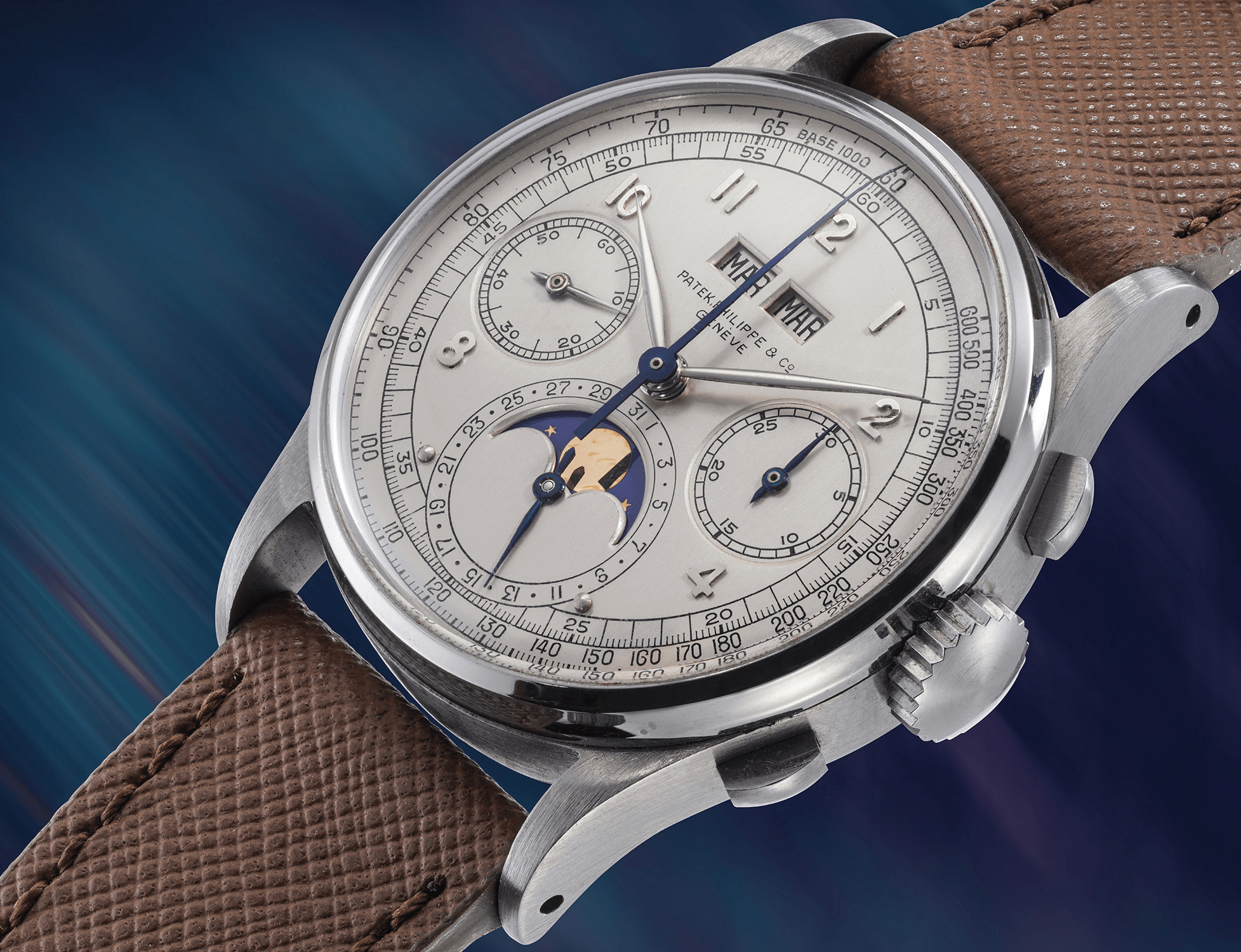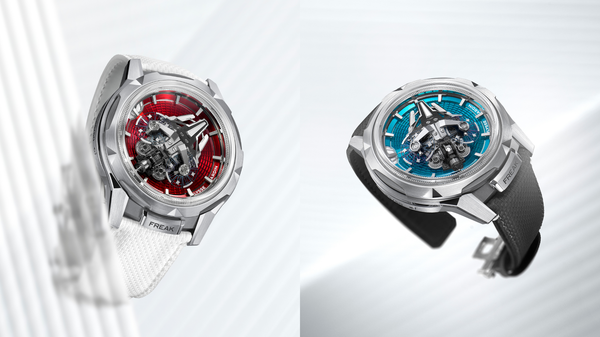How One Patek Philippe Captivated the World Again
A steel Patek Philippe 1518 sells for $17.6M in Geneva, setting a new record and proving timeless craftsmanship still reigns supreme.

There are moments when time itself seems to hesitate, just long enough for history to change hands. Last night in Geneva was one of them.
A stainless-steel Patek Philippe 1518, the kind of watch most collectors spend a lifetime dreaming about but never see, sold for CHF 12 million (CHF 14.2 million with premium, $17.6 million). The crowd exhaled like witnesses to something inevitable.

The gavel struck, and for a heartbeat, the world of watches was silent. Then came applause, the kind of applause you only hear when the impossible happens again.
A Watch That Shouldn’t Exist
The 1518 is a paradox, the most refined expression of 20th-century watchmaking, born in the most unrefined metal. When it debuted in 1941, it was the first wristwatch to combine a perpetual calendar and a chronograph, two horological symphonies playing in perfect harmony.

Yet this particular example, made in 1943, wears a steel case instead of gold. It was built at a time when the world was tearing itself apart, when steel meant survival, not luxury. And somehow, in that contrast, perfection in austerity lies its soul.

Steel made it human.
In an age obsessed with scarcity, the 1518 isn’t just rare; it’s an error of destiny that became a masterpiece. Only four are known. This one, case number 508’473, is believed to be the first.

The “–1” inside its caseback reads like an artist’s first brushstroke, a whisper from 80 years ago saying, this is where it began.
When Aurel Bacs took the rostrum, the room at Phillips Geneva was already a pressure chamber of anticipation. Collectors leaned forward. Dealers went still.
No online bidding this time. No scrolling screens, no proxy clicks. Just voices, glances, and adrenaline. Five bidders. Three in the room, two on the phone. It began at CHF 8 million, a shout that broke the quiet like the first crack of thunder before a storm.
Ten minutes later, with a final bid of CHF 12 million, it was over. Applause. Relief. Maybe reverence.
What had just happened was a ritual, a reaffirmation that craftsmanship, history, and emotion still have a price, even in an algorithmic age.
After the final clap, after the cameras dimmed, the 1518 sat under the auction lights, still ticking. It has survived wars, fads, recessions, pandemics, and decades of human ambition. And now, once again, it has transcended them.
Somewhere, the new owner will wake up this morning knowing that on their wrist lies not just a watch, but an argument: that craftsmanship is a rebellion against impermanence.




